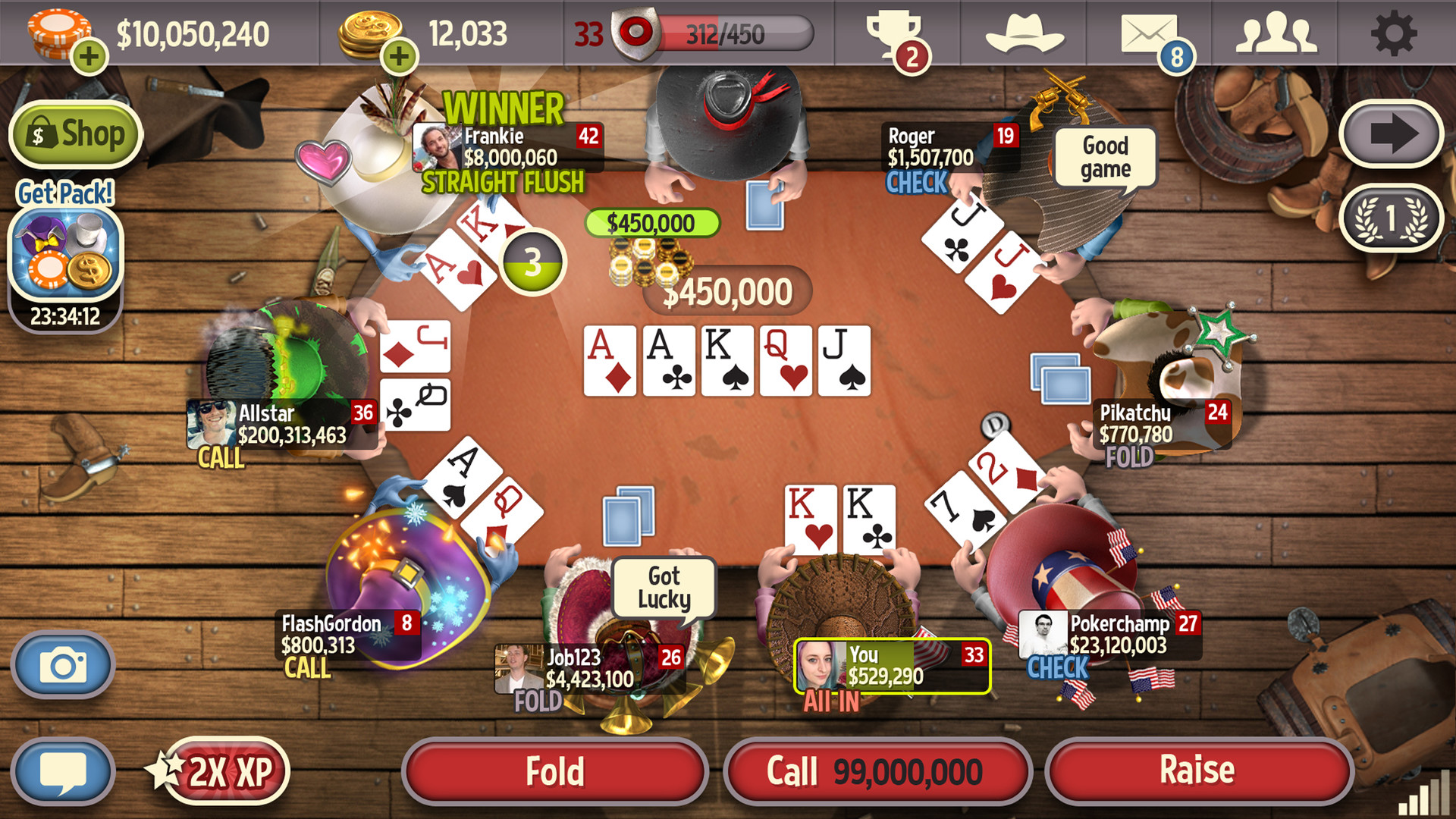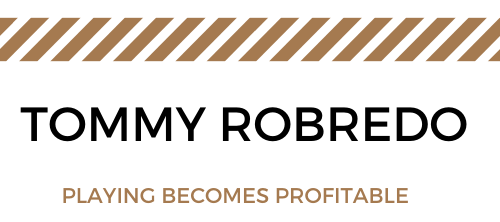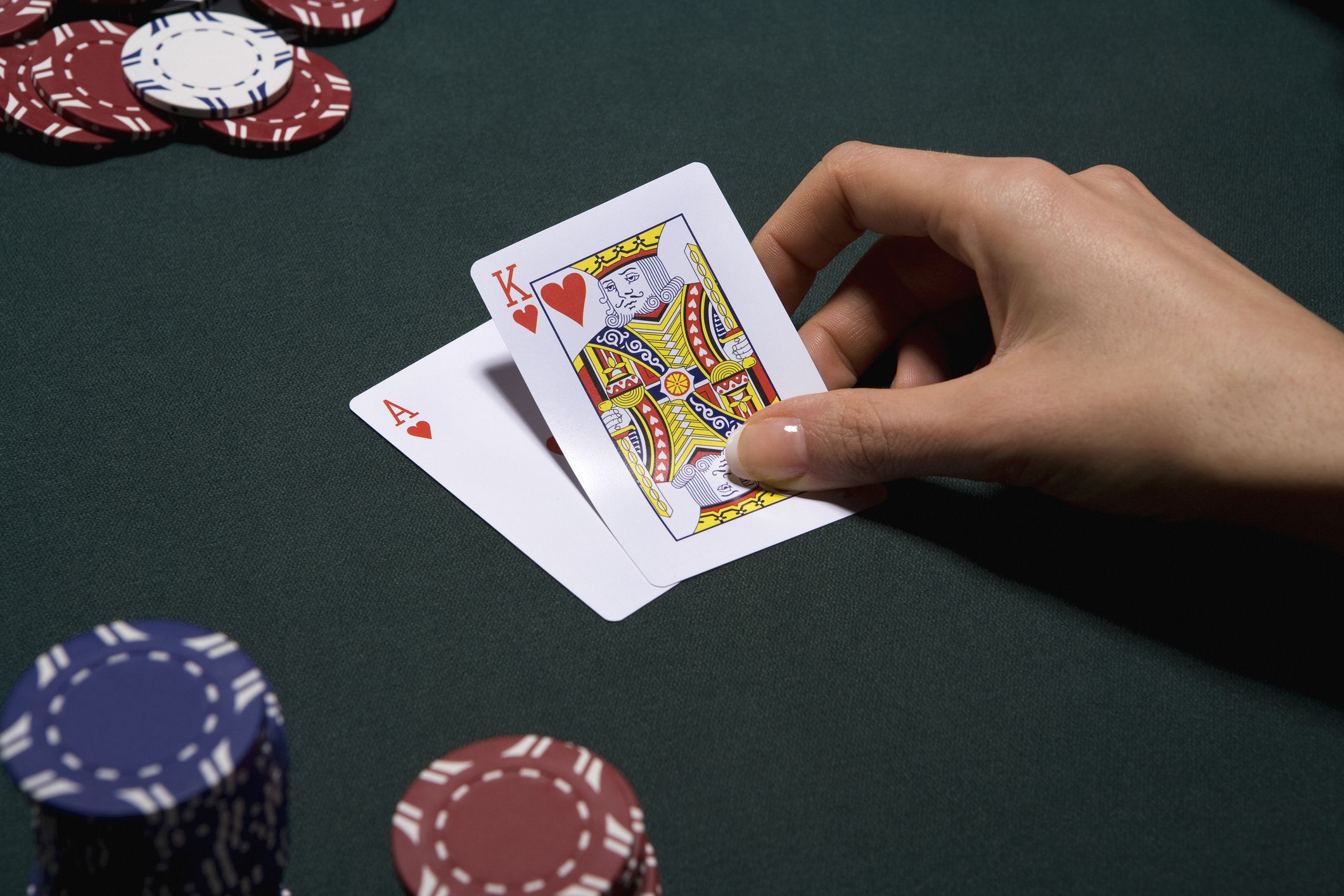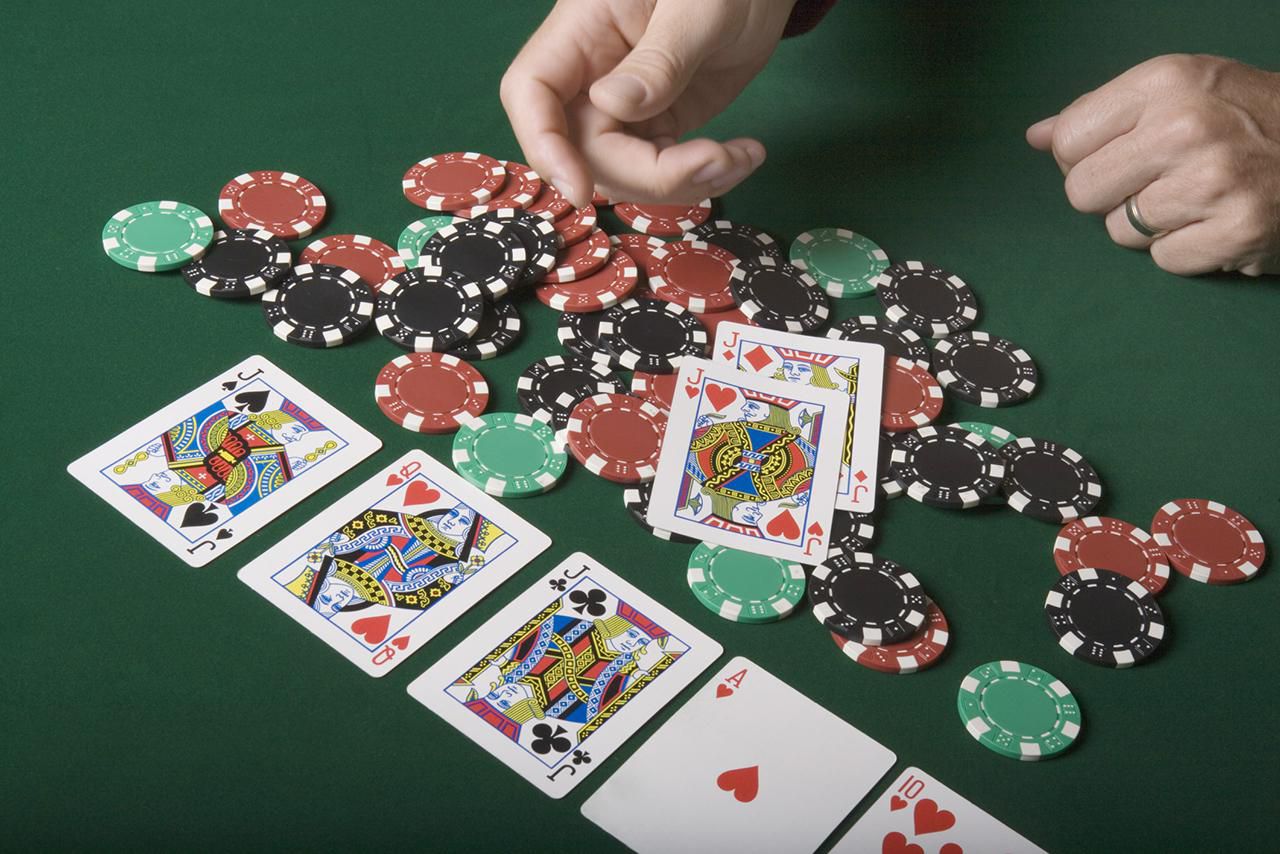Raising in poker is an increase of the preceding bet. Why is this bet in poker used and what raise kinds exist? There are many types of raises depending on their type and purpose.
Usually, the term “raise” means the first raise, or the 2-bet. The logic here is easily understandable – the first bet on preflop is made by the big blind. Then, if one of the players increases its size, then it makes a second bet or 2-bet. Respectively, an increase of the 2-bet or a third bet is a 3-bet. The following raises are called 4-betting, 5-betting, 6-betting and so on.

The same thing is on postflop. When the second bet in poker is called raise, it is followed by reraise, 3-bet and so forth. When to place the bet at Judi Bola site table, the information is provided through the professionals to meet with the requirements. Always use the strong hands to increase the bank account with real cash and rewards. The following of the guidelines should be there to meet with the requirements.
Do not Confuse the Terms
Some novice players mix terms, thinking that a 3-bet means triple raise amount and that the 4-bet goes for four-time sizing. Another common misconception is to call raise the continuation bet of the preflop aggressor in raised banks. In addition, many players misinterpret the adjective “light”, used in the description of raises. For example, the expression “light 3-bet” is not a flat 3-bet of a two-fold size, it is a bluff reraise, performed on a wide spectrum.
Why are Bets in Poker Divided into Types? Raise Types
- Open raise is an increase by which a player opens trade. Raise is the first action on preflop, when none of the players other than blinds has entered the game.
- Isolating raise means raising the bet after one or more limps (calls of the big blind). The purpose of this action, as can be seen from the term’s name, is the isolation of a weak opponent and the desire to play heads-up with him.
- Steal raise opens trade in order to implement fold equity and steal the pot on pre-flop. It traditionally implies opening raises from late positions or the small blind. Why is this bet in poker called steal? In a broader sense, steal raise is an attempt to steal a bank from any position, which in modern poker is quite natural.
- 3-bet reraise means raising the previous bet of the raiser.
- Resteal – a kind of 3-bet made in response to the steal raise from the late positions or in the confrontation between BB and SB.
- Squeeze is another special case of 3-bet. This situation occurs when a reraise is made after raising and calling (one or several). The purpose of this advanced poker action, as well as in the case of steal, is a bank theft.
- None 4-bet, 5-bet, etc. – further raise after 3-bet.

Now you understand why bets in poker are so diverse. Each of them has its own purpose which differs depending on the situation. One and the same bet can be rather useful in one instance and completely deadly in the other.
In conclusion, it is worth noting, as well as all other bets, raises can be divided into two big categories: value raise and bluff raise. It is obvious why bets in poker are tricky sometimes. The goal of the value raise is to take advantage of the equity and get profit from the weaker hands of the opponent, while the goal of a bluff raise is to realize fold equity and to get the opponent’s stronger hands out of the draw.











